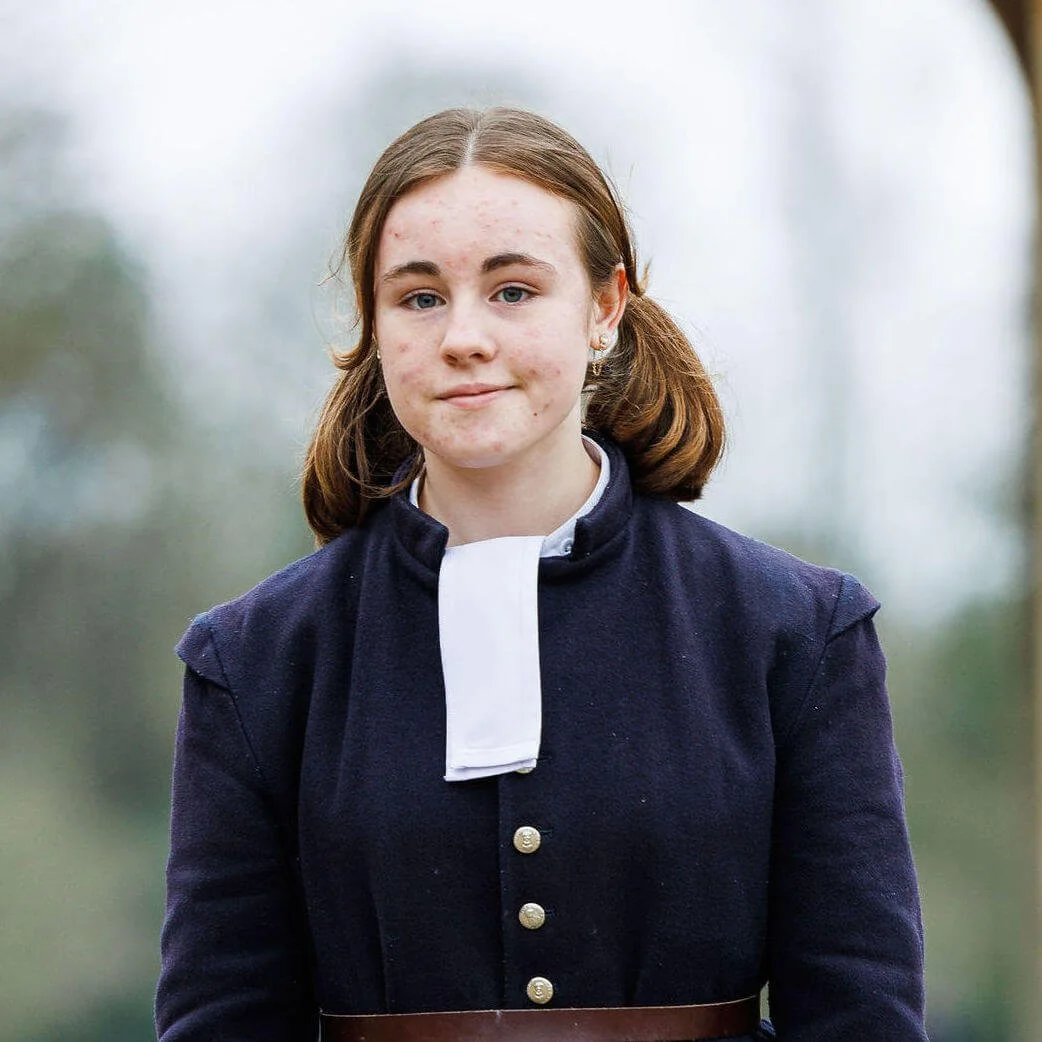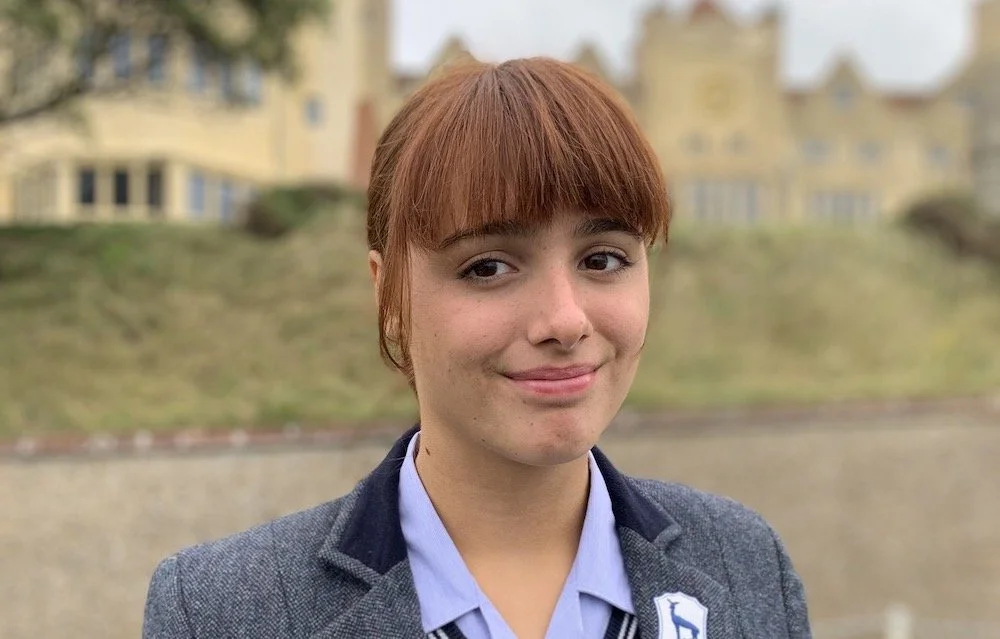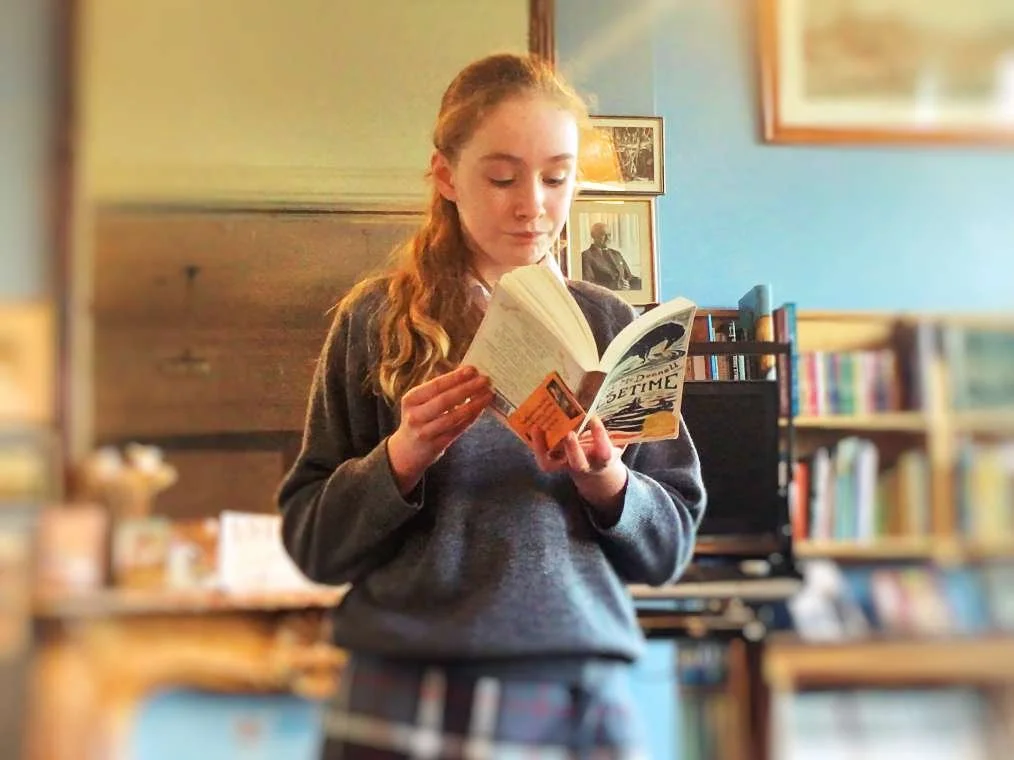What to consider when looking for the right senior school for your child?
/Q&A with Stuart Douch
Headmaster (2013 - 2023), Sompting Abbotts Preparatory School
At what stage do parents typically start thinking about the school transition from Sompting Abbotts for their children?
Some parents begin to think about this from as early as Years 4 and 5. I always say parents are welcome to meet with me at any time to ask questions and discuss their ideas. In some cases, the 13+ application deadline is up to three years prior to entry.
How do you go about helping parents with their shortlist?
I always remind parents to keep their child’s personality at the centre of their decision-making when thinking about where they're most likely to be happy after Sompting Abbotts.
Definitely go along to the senior schools' various Open Days. Every school has its own unique ethos and philosophy. Your instincts will tell you a lot. I do recommend going back for a second visit if your child has special interests, such as sport, drama or music. You’re perfectly entitled to request an in-depth look at a school’s provision and to talk to the relevant staff.
Headmaster Stuart Douch says: “Staying at their prep school until the end of Year 8 means children feel less rushed to ‘grow up’ too quickly.”
What are the advantages and disadvantages of moving after Year 6 (11+) or Year 8 (13+) would you say?
I think the early teens are formative (and challenging) years for children. I’ve observed that staying at their prep school until the end of Year 8 means children are less rushed to ‘grow up’ too quickly. It gives them extra ‘protected’ and grounded time away from the onslaught of social media and peer pressures that inevitably will come with their next school transition.
Academically, I think staying to Year 8 is advantageous too. All our pupils take the Common Entrance Exam in Year 8. The standard of work for Common Entrance in most subjects is in advance of a student’s academic age. So they tend to give children a strong head-start for their GCSEs ahead.
We also offer leadership and prefect opportunities, which are the chance to be a role model to younger pupils with a true sense of leading, rather than just a badge on their blazers. We offer enhanced enrichment activities for our Year 7 and 8 pupils, too, including the chance to have important roles in school productions, visits to TEDx in Brighton and cultural excursions. Ask our Year 8s what the best thing is about staying? I suspect they’d say it’s the residential outdoor activity week we put on for them after their final Year 8 examinations!
Children during their Year 8 Residential Trip to Cornwall
Not all parents will choose for their child to continue in the independent sector – what should they bear in mind if they are moving their child to a state secondary?
I’d say you know your child best and whether he or she will be self-motivated to thrive in bigger classes with less teacher and pastoral support. Bear in mind that the extra-curricular opportunities tend to be less varied, in terms of music, drama and sport, if this is important to your child.
Some parents look at moving their child to a state secondary after Year 6. They think friendship groups made in year 7 may be harder to break into than starting in year 9. But, having talked to several secondary school heads, they have told me that joining a state school in Year 9 can actually be a good time.
Children tend to be coalescing for the beginning of the next important stage of their education, new friendship bubbles are beginning to form and students are getting prepared for the run-up to their GCSEs and readied to be placed in new subject groups.
Many of our parents have experienced a positive transition for their children at Year 9. (On this point, you might like to read our interview with Sompting Abbotts’ leaver Anthony who moved to Steyning Grammar in Year 9).
How should a parent go about selecting their child’s next senior school?
Not all children will thrive in a highly focused academic environment so start by getting a sense of the school and its expectations, via Open Days, as to whether it might suit your child. If you can, it always helps to get the ‘inside story’ by talking to someone whose child is already there. School websites are ‘shop windows’ and give a good overview and details of fees and requirements. But you still need to see the schools for yourself and talk to the staff and pupils.
What are the main senior schools that children from Sompting Abbotts move onto?
As we’re an independent ‘non-feeder’ school, the answer is, this varies year on year. Geographically, our nearest private senior school is Lancing College. With regard to maintained schools, we’re in the catchment area for Steyning Grammar School. Recent senior school destinations have included Roedean, King Edward's Witley, Cranleigh, Christ's Hospital, Farlington, Burgess Hill Girls, Our Lady of Sion, Brighton College and Lancing College.
Out of this list of schools, would you be able to say which type of children they suit best?
Not really, each has something very different to offer. We don't say: "All children from Sompting are happiest at this senior school". The sort of conversation we try to encourage is: "Your child is this sort of person. Have you considered..."
Can you talk about the different types of entry and scholarship requirements?
Currently, each school in our area has different entry requirements. These are best obtained from the senior school's Admissions Office. We keep a database in-house of senior school entry requirements however and will help you double-check these. We’re very accustomed to helping pupils get prepared for the schools’ different requirements.
How is the teaching at Sompting Abbotts tailored to meet different school entry and scholarship requirements?
Our accelerated learning begins in Year 6. At the same time, we support children who need foundation consolidation. At the end of Year 7, we’ll discuss with parents if we feel their child has the potential to sit Scholarship examinations. We currently use the ISEB Common Entrance and Common Academic Scholarship Examination syllabuses in Year 8. Some senior schools require a pass average in CE exams. Others use the CE results as a basis for class setting in Year 9.
Some parents may be looking at bursary possibilities. Are there options for these?
Yes, and it really varies by school. Some bursaries are dependent on your child achieving a scholarship. Other schools don’t make this distinction at all.








































Charlie won an Academic Scholarship to Christ’s Hospital and joined in Year 9. He now boards full-time and although homesick at the start, now rarely wants to go home!